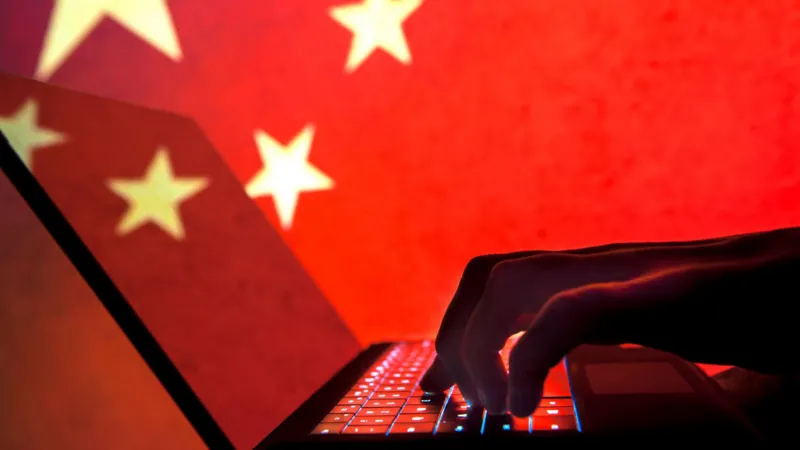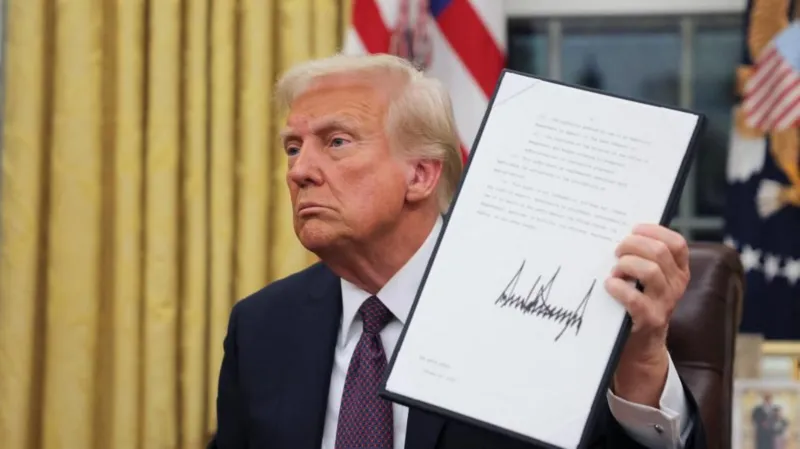In recent years, the digital landscape has been dominated by increasingly sophisticated cyberattacks, and a series of high-profile incidents in the United States has been attributed to Chinese hacking groups. These attacks have not only targeted sensitive government networks but have also extended to private organizations, critical infrastructure, and even intellectual property repositories. Here’s an in-depth look at what’s unfolding, the implications, and the steps being taken to address this escalating cyberthreat.
The Scope of the Attacks
The recent hacks attributed to China have been wide-ranging, affecting both public and private sectors. Critical details have emerged about the methods used, such as the exploitation of zero-day vulnerabilities and highly targeted spear-phishing campaigns. These attacks have compromised government agencies, defense contractors, healthcare institutions, and technology firms, making it clear that the goal is not just economic advantage but also geopolitical leverage.
Tactics and Techniques
Chinese hacking groups, often associated with or allegedly sponsored by state entities, are known for their advanced persistent threat (APT) strategies. They focus on stealth and persistence, remaining undetected within systems for extended periods to exfiltrate sensitive data. Recent reports suggest the use of sophisticated malware, backdoors, and exploitation frameworks tailored to bypass even the most robust cybersecurity measures.
The U.S. Response
The United States has taken several actions to combat these cyber incursions. Federal agencies, including the Cybersecurity and Infrastructure Security Agency (CISA) and the FBI, have issued alerts and advisories to help organizations fortify their defenses. Additionally, sanctions and indictments have been levied against individuals and groups allegedly involved in these attacks. Diplomatic measures have also been employed, with the U.S. government raising concerns in international forums to address China’s role in global cybersecurity.
Global Implications
These attacks highlight a broader challenge of maintaining cybersecurity in an interconnected world. The actions attributed to China have exacerbated tensions between the two nations and prompted calls for stronger international cooperation. Countries worldwide are now reevaluating their cybersecurity strategies, seeking collaborative solutions to counter this shared threat.
Protecting Against Future Threats
For individuals and organizations, awareness and proactive defense are critical. Key measures include:
- Regularly updating software to patch vulnerabilities.
- Implementing strong password policies and multi-factor authentication.
- Conducting regular cybersecurity training for employees.
- Using advanced threat detection tools to identify potential intrusions.
Looking Ahead
The wave of cyberattacks blamed on China underscores the urgent need for comprehensive cybersecurity policies at both national and international levels. As technology evolves, so do the methods used by malicious actors. The response must be equally dynamic, combining technological innovation with global cooperation to ensure a secure digital future.
The ongoing developments in these cases serve as a stark reminder of the importance of vigilance, preparedness, and collaboration in facing the ever-present threat of cyberattacks.




















